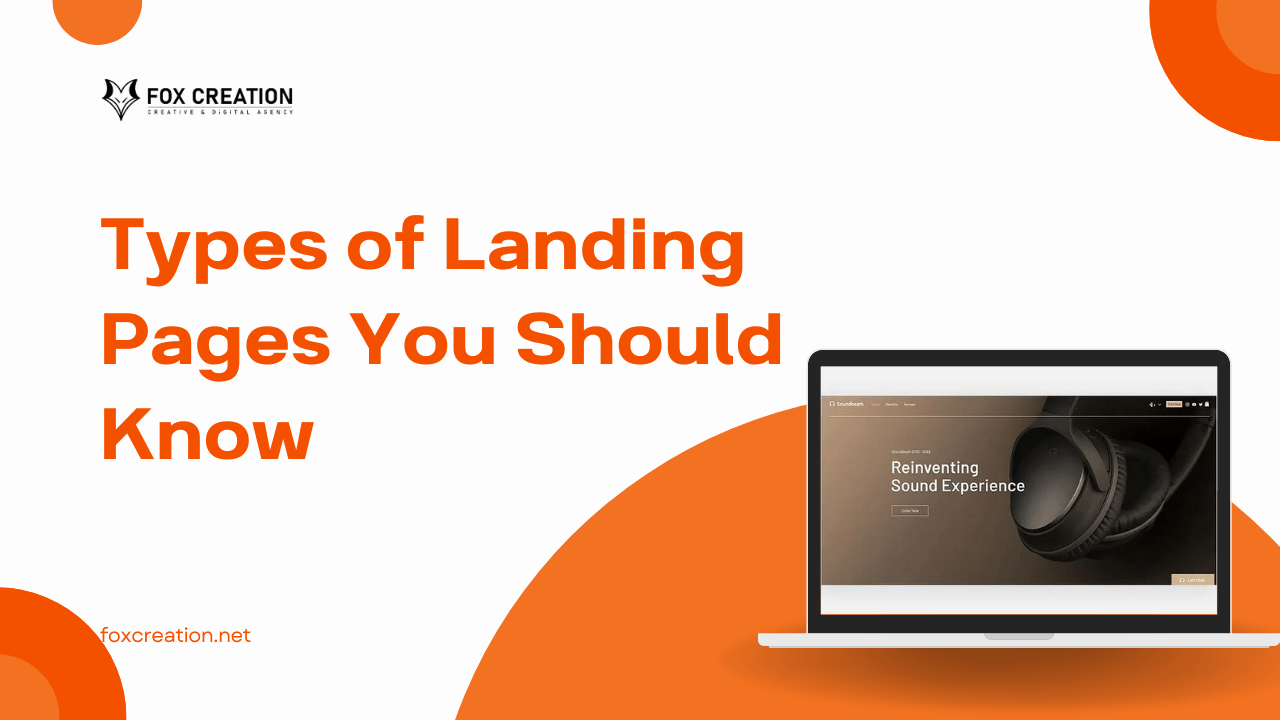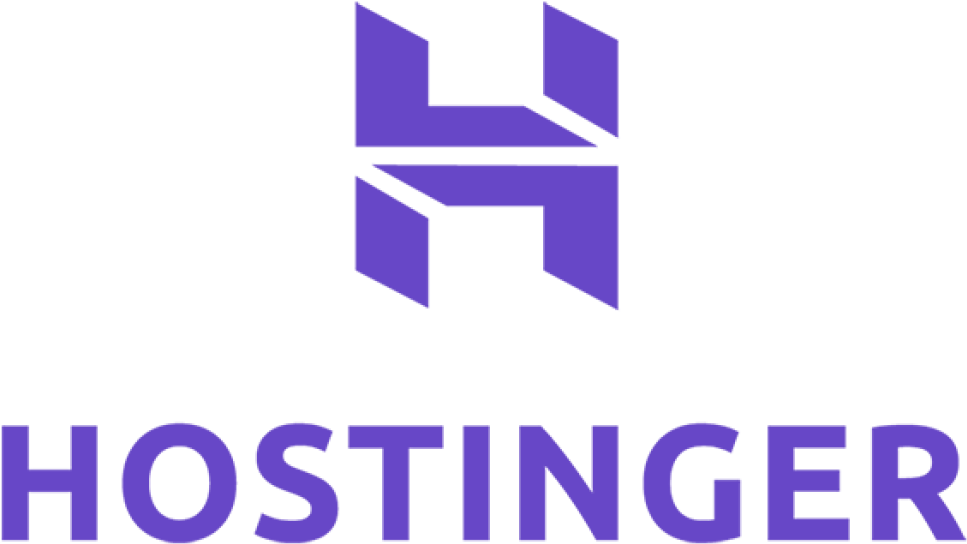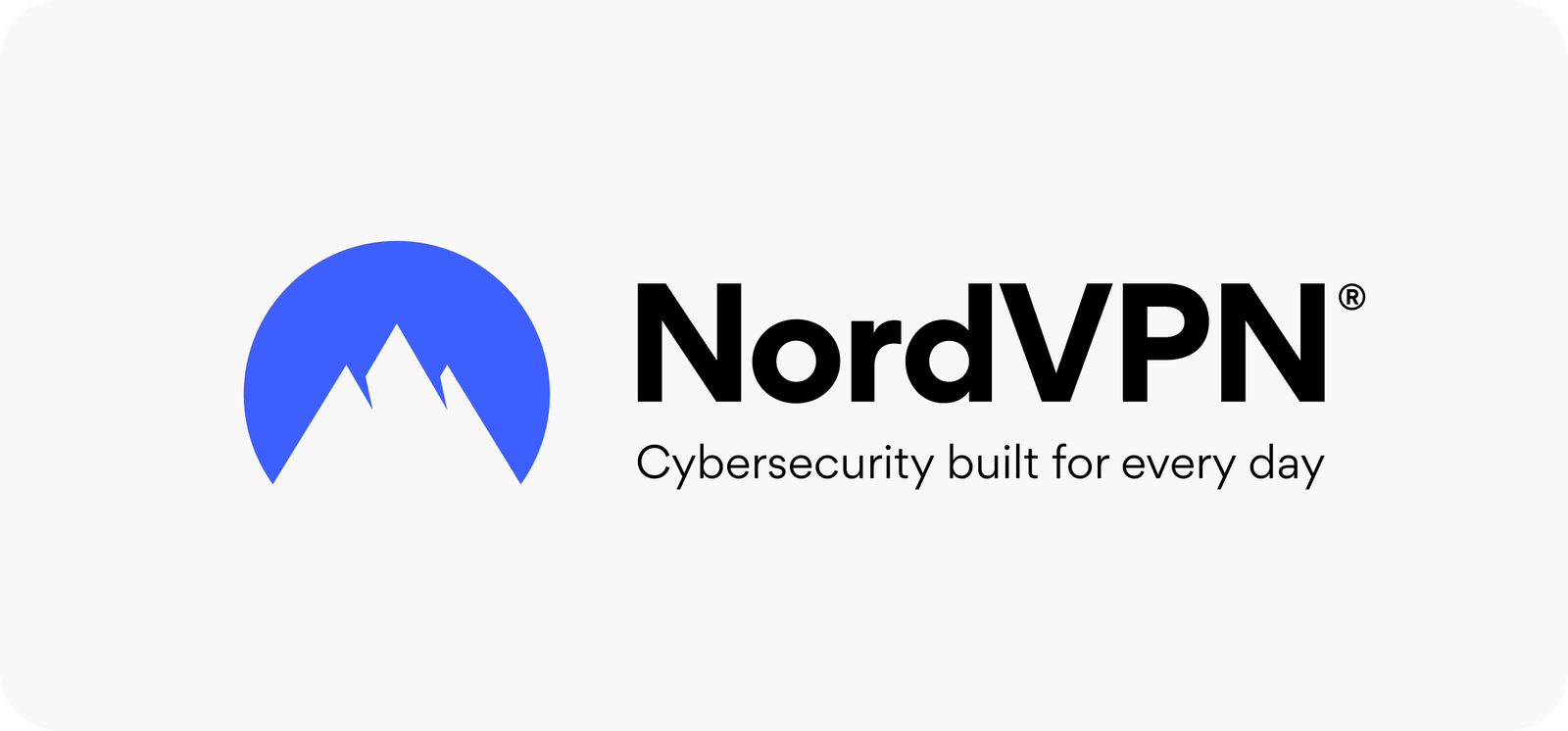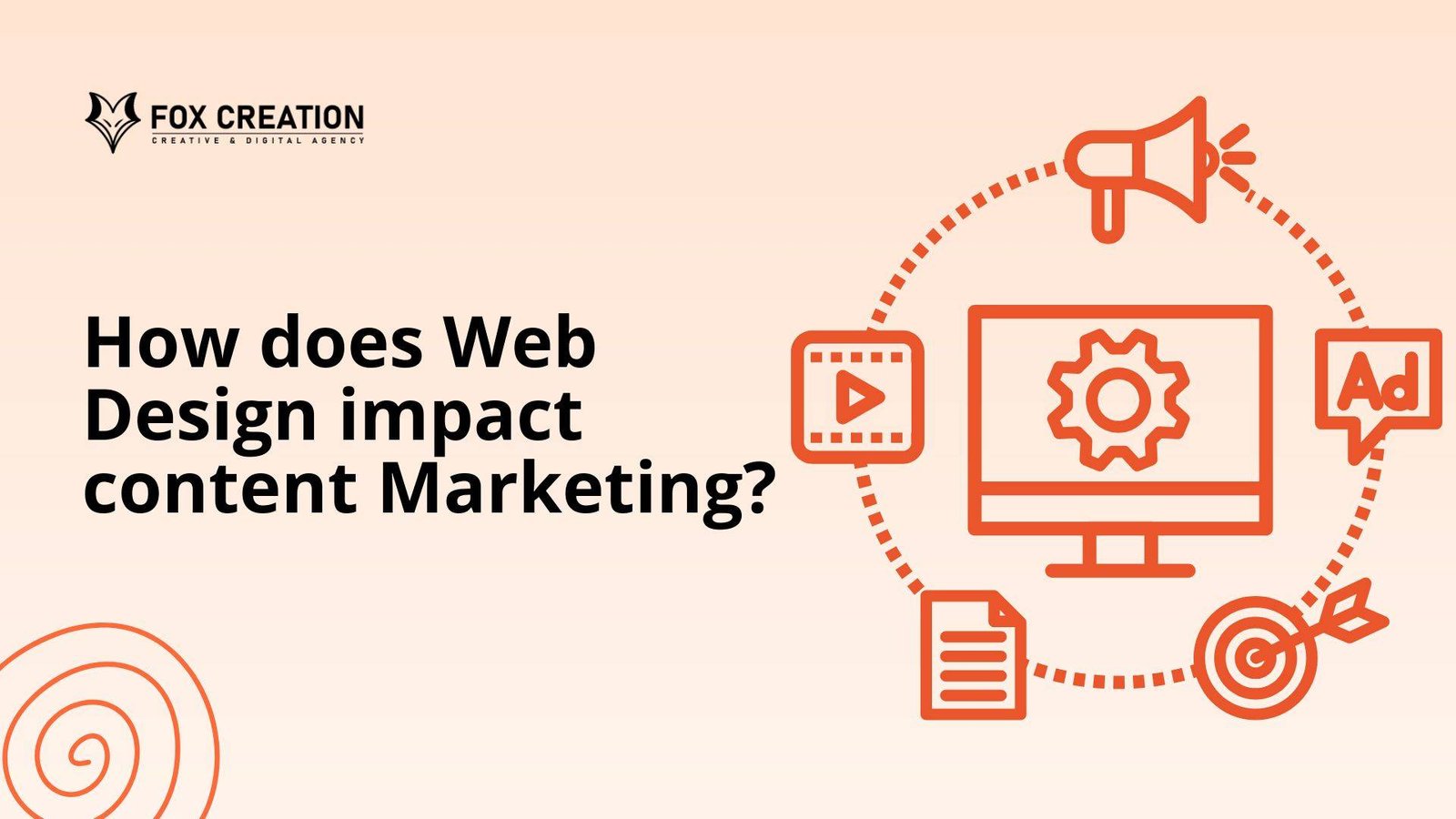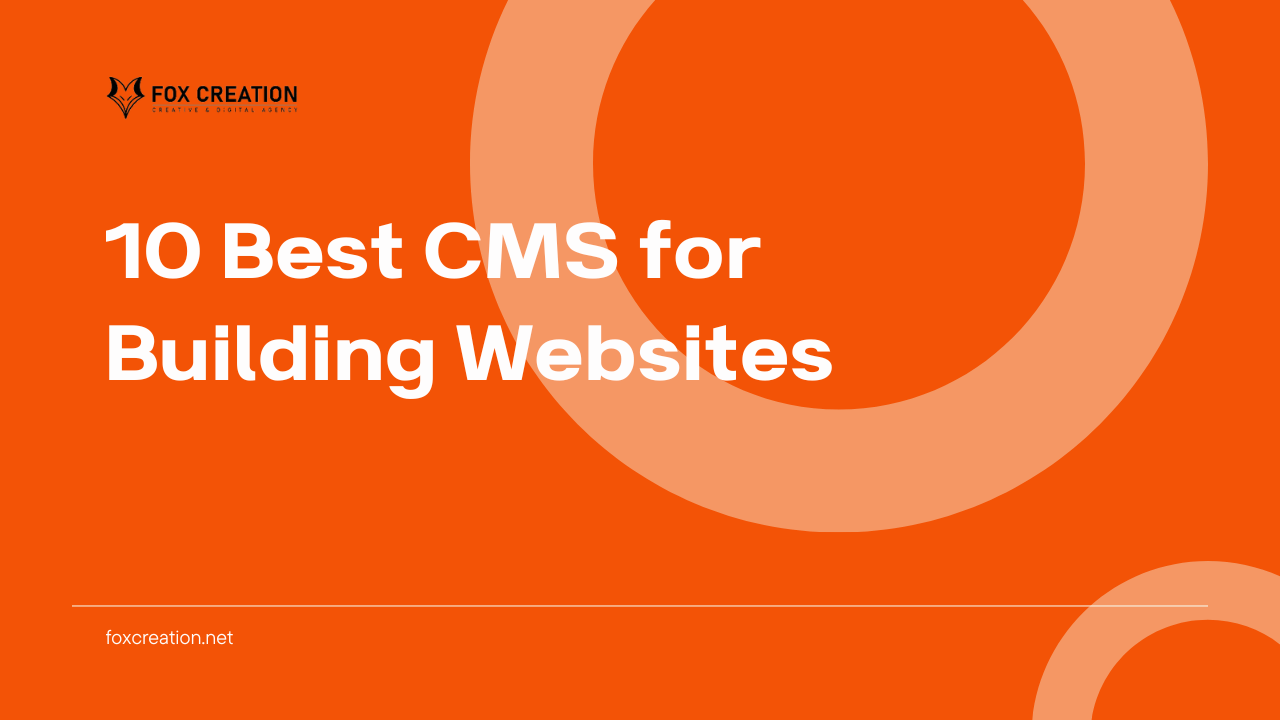1. Click-Through Landing Page
Click-through landing pages are often used by e-commerce businesses or online marketers who want to warm up their potential customers before asking them to purchase or provide their contact information. typically what this does is provide detailed information about the offer to entice visitors to “click-through” to a transaction or conversion page. Because it turns out in fact, a study by HubSpot found that the average landing page conversion rate across all industries was 9.7%. However, only 23% of visitors use click buttons, which means there is still a lot of room for improvement for many businesses.
2. Squeeze Landing Page
Squeeze landing pages are not about forcing or tricking visitors into giving up their email addresses. however, they are cleverly designed to grab your audience’s attention.
Its minimalist and simple design has one goal — to entice visitors to enter their email and submit the form.
What awaits them on the other side are offers like money-saving coupons or free eBooks — they won’t be able to resist sharing their emails with you.
Other common uses of squeeze landing page formats include booking appointments for services such as consultations or open house inspections. Additionally, this page style is very popular among those who are just learning how to create landing pages, as it allows for great results with minimal time investment.
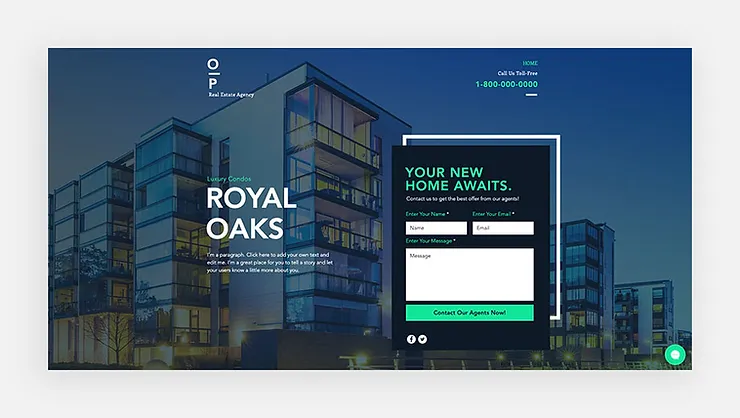
Company use: Collect users’ email addresses on a short page and in return a free offer for them.
3. Lead Capture Landing Page
Another type of landing page you should consider is using a lead capture landing page.
These pages are similar to Squeeze Pages but they go a step further. When visitors visit these web pages, they don’t just ask for a little information. They ask for more, like name, email, phone number, or even company name.
By collecting this information, you can convert your visitors into leads. After that, you can stay in touch by sending them the most appropriate content until they are ready to buy.
Landing pages that are capable of capturing leads are essential for online businesses. They help you expand your email list, reach a wider audience, increase sales, and categorize prospects based on their interests and needs.
As you customize your lead capture landing page template, remember to include a strong headline that explains the benefits of your offer. Try to be visual, add CTAs, and ask for the user information you need (name, email, company name, job title, etc.) to qualify leads. Or, check out some of the best AI landing page builders to get started faster.
Company use: Capture leads and build lists for email marketing, newsletters, prospecting
4. Splash Page
The splash page is like a welcome to a website, appearing before you dive into the main content.
They serve a variety of purposes: introducing a website, displaying special offers, sharing important disclaimers, or seeking information from visitors.
What differentiates them from landing pages or homepages is their focused nature – they have a single goal and a single call-to-action button or link.

This splash page stands out as an effective example for several reasons:
- It incorporates a strategically initial page that precedes the main page, immediately capturing visitors’ attention.
- The page immediately showcases the Veuve Clicquot brand and uses enticing imagery to engage a visitor
- The form presented (in this case an age verification) is clearly presented on the center of the page with a bold button that cannot be missed.
5. Coming Soon Page
A coming soon page is like a trailer for your website, just like a movie trailer. They give your visitors a sneak peek into what you’re working on, making them curious and excited about your upcoming product or business launch.
Additionally, they are useful for collecting the email addresses of interested people.
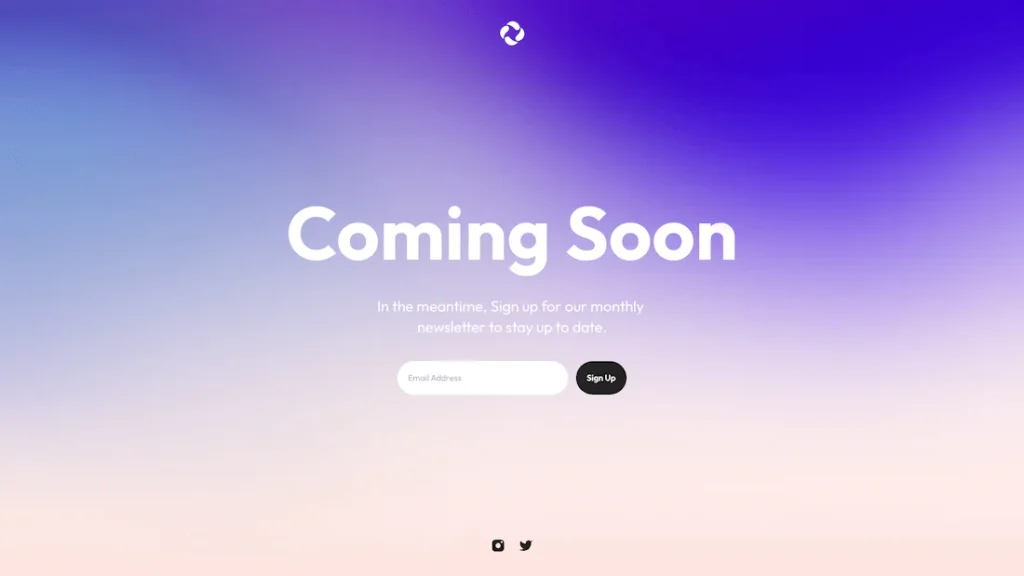
The above page exemplifies several key aspects of an effective “coming soon” landing page. Here’s why:
- It prominently features a clear and concise headline that informs visitors about the imminent arrival of the product with the words “Coming soon.”
- It includes a descriptive message encouraging visitors to subscribe to the newsletter for additional information about the product.
- The page incorporates a compelling Call to Action (CTA) with the directive “Sign up!” to prompt visitors to take action and subscribe.
Consider adding a launch date or countdown so people know when to come back to try your offer. Most importantly, add a “notify me” email form so you can send them a message with a link back to the landing page once you reach launch. Additionally, having a relevant email list before your page goes live will set you up for success in future marketing campaigns.
If you are not launching a new line but rather updating your site, you can use an under-construction website template.
Company use: Teasing offers and gathering hot leads for upcoming launches or website updates.
6. Product Page
A product page is a special place on a website where you can learn all about a particular product that you can buy or use.
It tells you the name of the product, how much it costs, what it can do, what it looks like, what other people think about the product, and gives you a button to buy it.
Unlike other web pages such as home pages, blog posts, or lead capture pages, product pages have one main job: to convince you to buy the product.
To do this, it needs to show you why the product is great, build your trust, and make it easy to explore and decide if you want it.
To help you decide which products to make your product landing pages, review your website analytics to see which products are researched the most and get the most visits.
For landing page design, we recommend adding lots of images and multimedia to your product landing page template. You know what they say, a photo is worth a thousand words.
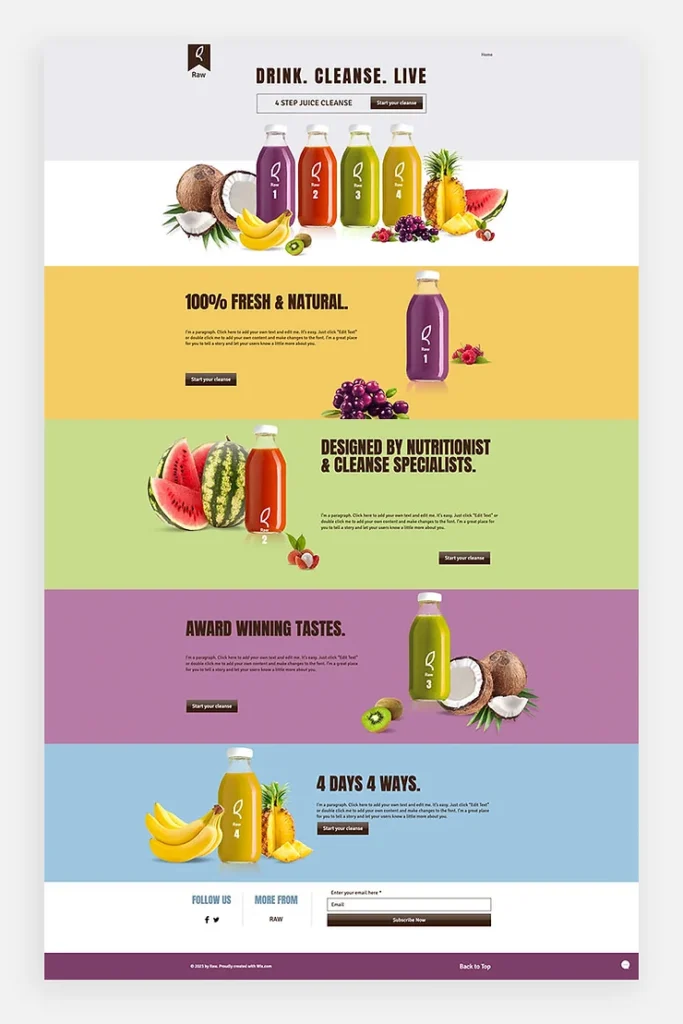
Company use: Showcase strategic products.
7. The long-form sales page
Have you ever watched an infomercial on TV and thought, “I would never buy a product like that,” but the longer you listen and the more information you get, the more you start to consider making a purchase? You could say a long sales page is the online version of an infomercial.
This type of landing page is used at the bottom of the funnel because you’re usually asking for payment, not just an email. Your goal is to introduce your product with compelling testimonials, quotes, videos, and CTAs to persuade visitors to buy. It may take adding a discount code to your long-term sales landing page template to help them make the final commitment, but urgency and good copywriting can also help. Make sure to add as much important information as possible.
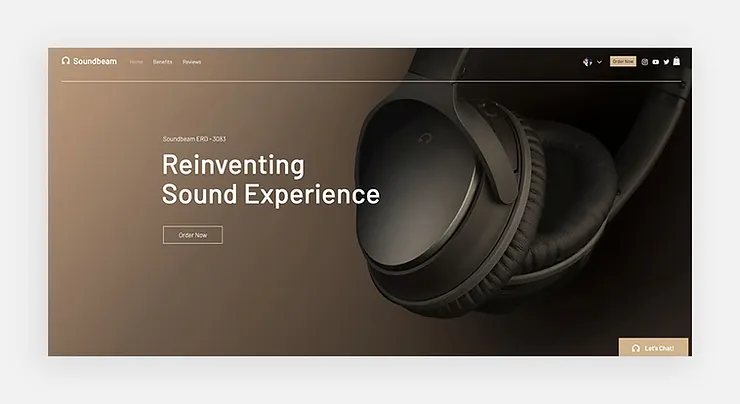
Enterprise use: Close the sale with compelling long-form content that will lead customers to check out and pay.
Conclusion:
So, which landing page will you use next to improve your business? Remember, landing pages are not static but dynamic and evolving. Test, adapt, retest, and push your limits. Your visitors will thank you, rewarding you with their loyalty, trust, and hopefully their money
Source:

